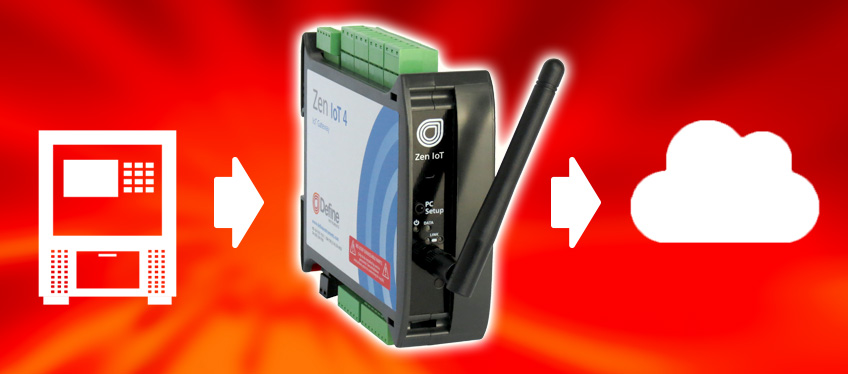The Zen IoT gateway enables industrial hardware to be connected to the Cloud, allowing data collection and analysis for improved efficiency, productivity, scalability and lifespan.
As industry moves closer toward the Industrial Internet of Things (IIoT), companies require solutions that solve the lack of interoperability between older equipment and new technologies. The Zen IoT provides the device-to-cloud connectivity required to bridge this gap and allows companies to utilize existing equipment, rather than shouldering the cost of replacement.
“Data collected using the Zen IoT can be harnessed to drive productivity for a greater competitive advantage.” explains Rolla Afrogheh, Define Instruments Business Development Manager.
As an Edge processing device, the Zen IoT is also able to perform calculations on the collected data before transmitting to the Cloud. A useful feature when only specific data requires transmission, keeping bandwidth costs and data noise to a minimum.
While most gateway devices only convert Modbus to wireless, the Zen IoT converts process signals direct to wireless with no other devices required.
“This product marks a turning point in our 26 year history,” comments Define Instruments President, Anthony Glucina. “And for users of this product, it is also a turning point. Finally they can collect big data and utilize it as business intelligence. With this information companies can find more ways to increase efficiency, innovate in product development, streamline their supply chain and enhance their customer experience.”
The Zen IoT features a “universal” input that accepts various industrial signals: TC, RTD, mA, mV, V, and Pulse. The unit also supports a wide range of communication protocols including Modbus and MQTT.
Its physical connections include Ethernet, WiFI, 3G/4G cellular modems, RS485 and Bluetooth.
Security is a major barrier for companies wanting to embrace the IIoT and to address this the Zen IoT has its own WiFi port and connects with an extra layer of security: Transport Layer Security (TLS).
